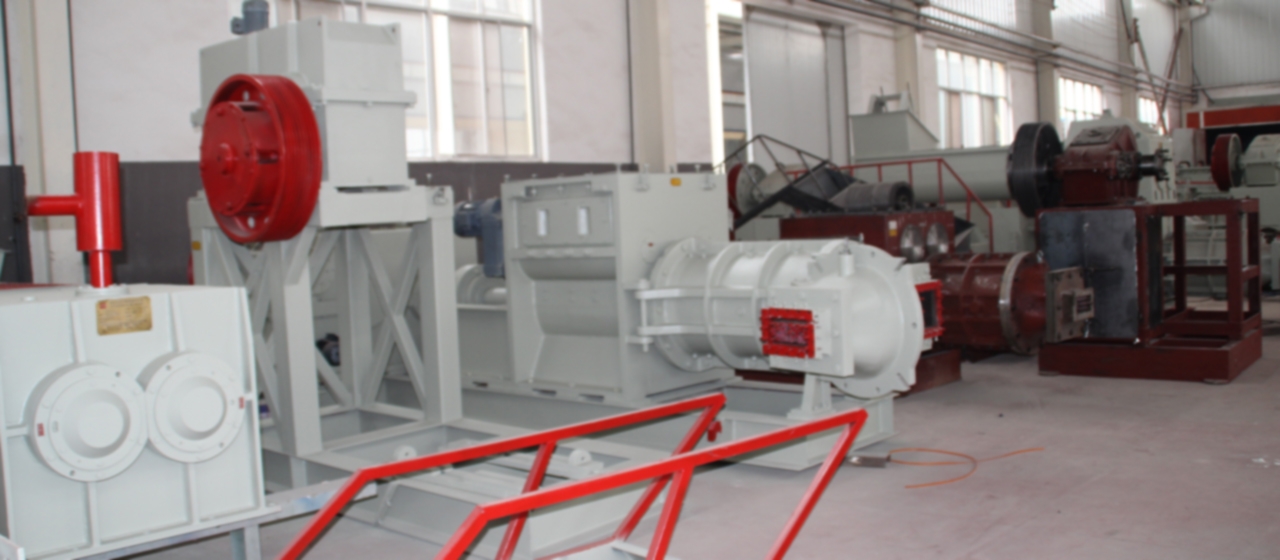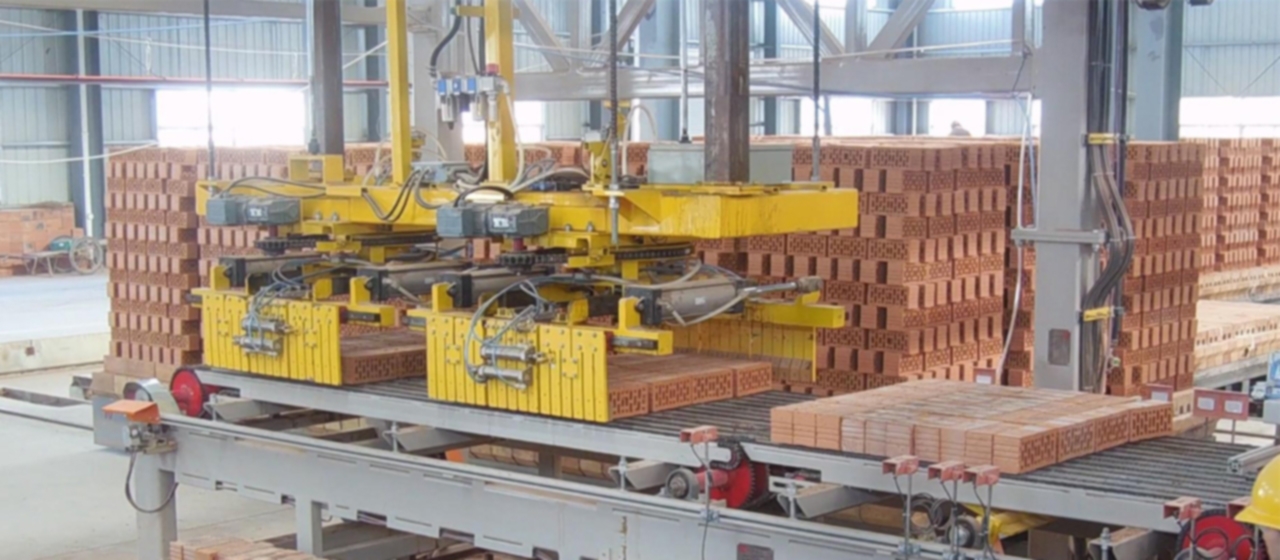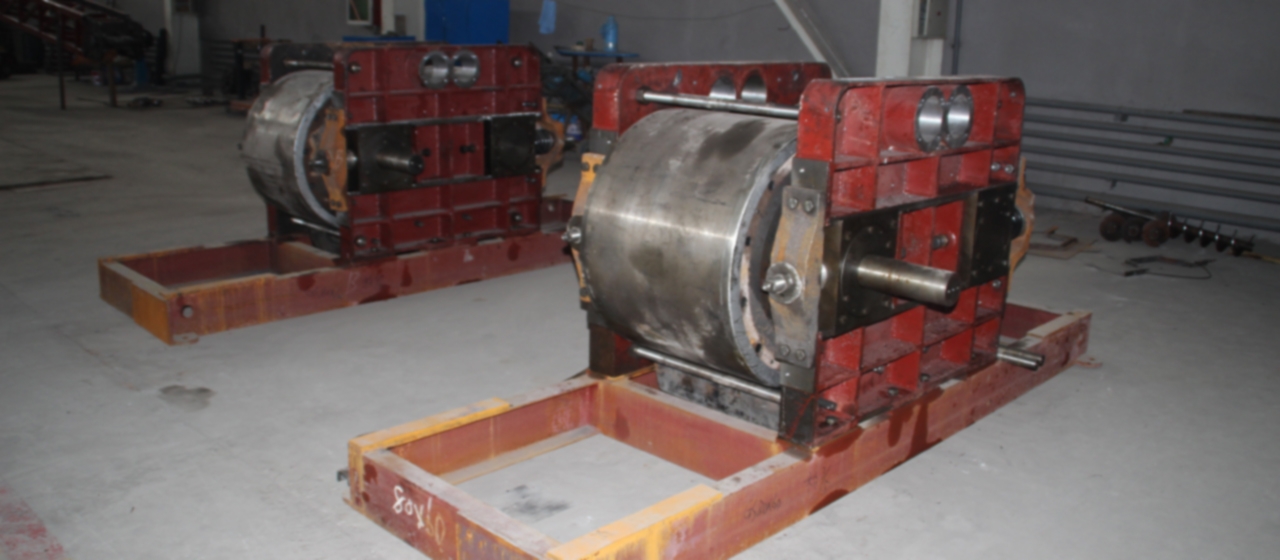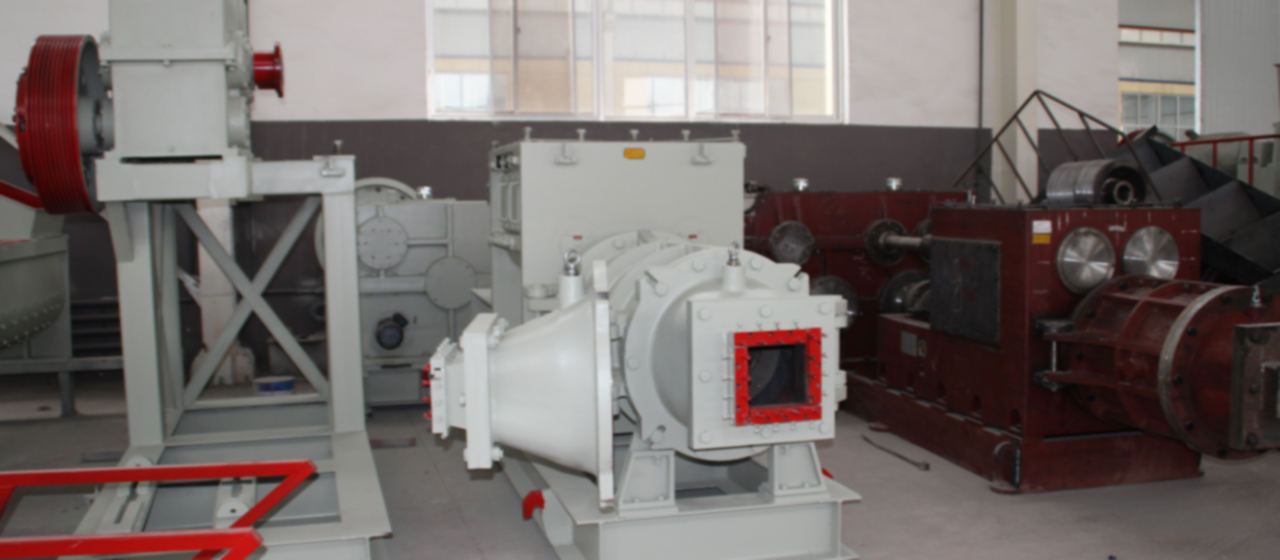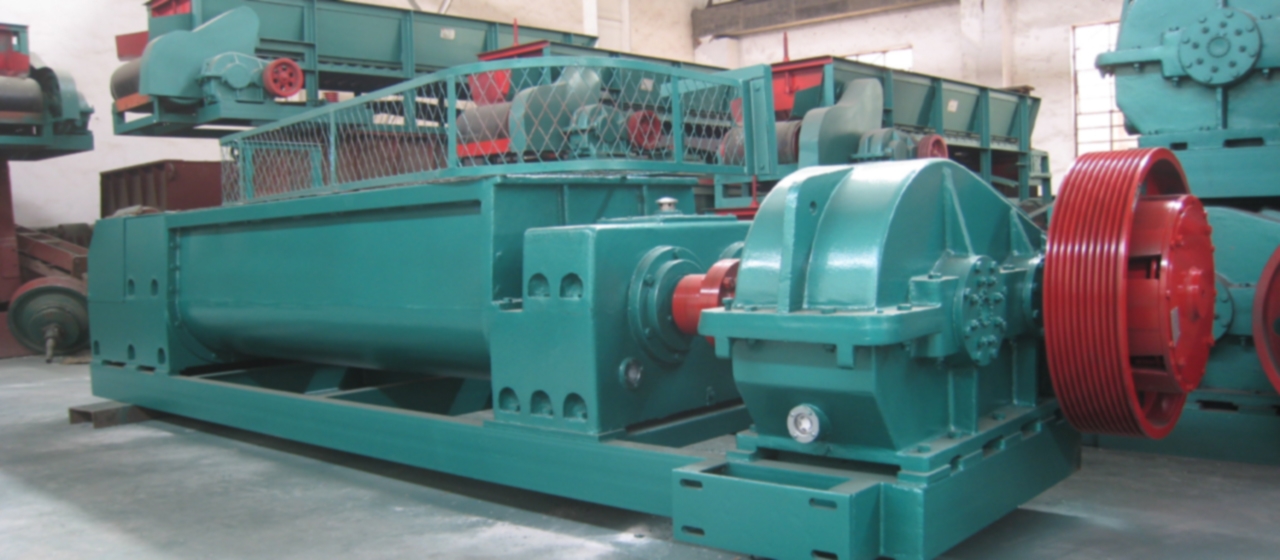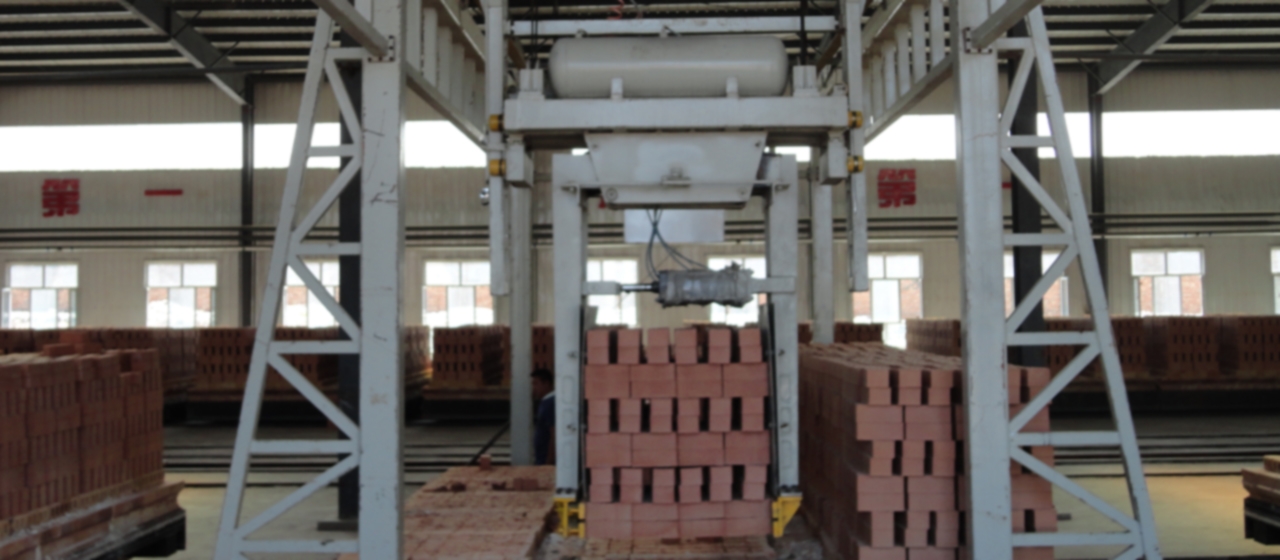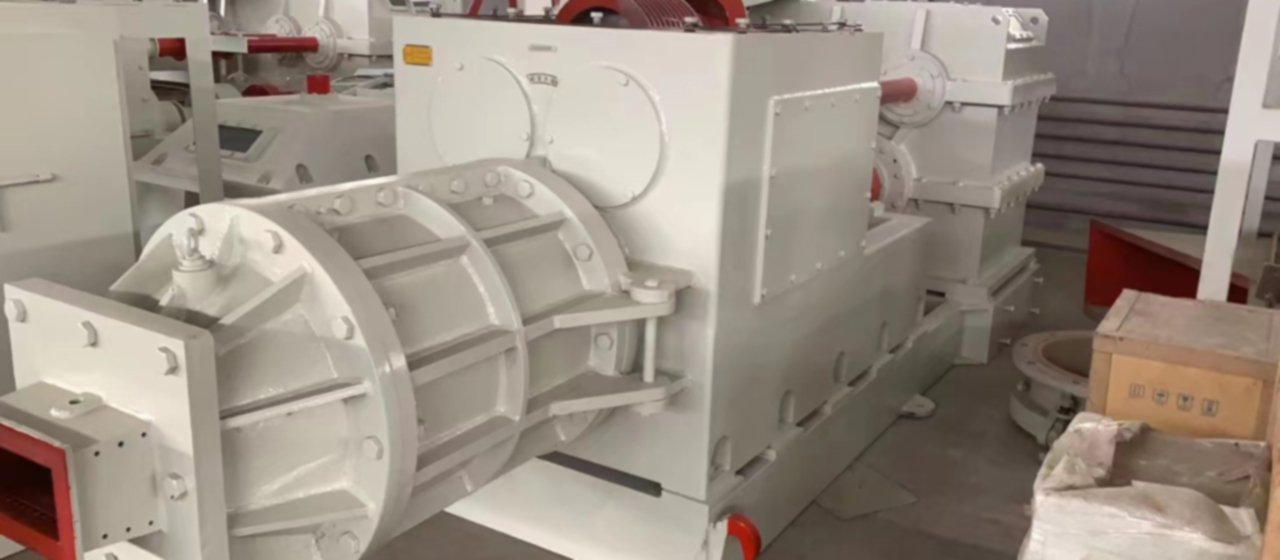レンガ機械中国
焼結レンガ生産ラインの外部燃焼

1. 序文
中国のレンガやタイル窯の焼結に使用される燃料は主に石炭または石炭脈石です。, スラグ, フライアッシュおよびその他の石炭ベースの固体燃料 (総称して石炭と呼ばれます), そしてそのほとんどは内燃焙煎技術を使用しています. トンネルキルを使用しているかどうか, 円形窯, ロータリーキルン, または他の窯, 上記の燃料を使用した焼成によって発生する排ガスには、非常に深刻なさまざまな汚染物質が含まれています。, 直接排出は環境保護部門の厳しい排出基準を満たさない. 脱硫の場合, 塩の, 焙煎により発生する排ガスについては除塵等の処理を行っております。, not only will the investment and operation management costs be high, but it will also be difficult to meet the requirements of national clean production and green environmental protection. In particular, relevant national departments have proposed the goal of optimizing China’s energy structure, significantly reducing the total coal consumption, and establishing a world-class clean, safe, and efficient energy supply system in the future. Enterprises are facing a series of strict measures such as the government’s environmental protection department’s persistent strategy of improving environmental quality, vigorously promoting ecological civilization construction, and further strict control of air pollutant emissions in industrial production, Brick and tile enterprises must change the current situation, implement clean production, improve design, use clean fuels, adopt advanced process technology, 科学的生産管理およびその他の措置を強化する, そしてコントロール, 生産プロセスにおけるさまざまな汚染物質の発生と排出を、発生源から削減または排除する. したがって, レンガやタイルの焼成に石炭をガス燃料に置き換えることは、関連する国の政策に沿った重要なオプション措置です。. ガス燃料は高品質です, 効率的, そしてクリーンな燃料, 灰分を含まない, 最小限の硫黄含有量, 最大のハイライトは環境汚染がないこと. ガス燃料の使用は大気汚染を減らすだけではありません, 製品の品質と生産性も大幅に向上します, 根本原因と根本原因の両方に対処するための事前対策となります。. 環境保護局の規制によりひどく汚染されている地域では, そのような “レンガを燃やす石炭の禁止”, “石炭消費量の削減”, と “石炭の燃焼を禁止する”, 代替手段はありません.
ガス燃料を使用してレンガやタイルを焼成するプロセス技術は長い間成熟しており、信頼性が高い, ヨーロッパおよびアメリカの多くの国のレンガやタイルの生産ラインで数十年にわたり広く採用され、安全に稼働してきました。. 中国の陶磁器焼成窯でも広く使用されています, レンガやタイルの焼成と同様の焼成プロセスを経ます。. しかし, 技術的ではないさまざまな理由により, 中国のレンガ・タイル企業では、レンガを焼くためにガス燃料を使用する生産ラインが減少している. その大部分は、石炭または産業廃棄物を含む石炭を内燃焙煎の燃料として使用しています。, and most of them are still one-time firing kilns. Many scholars and experts have published articles discussing and suggesting the transformation of a coal based internal combustion calcination kiln into a gas fuel calcination external combustion calcination (hereinafter referred to as “coal to gas”), explaining and solving some important issues. Based on the author’s practical experience and operation, provide a brief description of some related technical, equipment, プロセス, and management issues:
2. 石炭からガスへの変換の基本原理
2.1 ガス燃料の性能と燃焼特性を遵守する
ガス燃料にはたくさんの種類があります, 一般的に使用されるものには天然ガスが含まれます (パイプライン天然ガスを含む, 圧縮天然ガス, 液化天然ガス), 液化石油ガス, ガス, バイオガス, ガス (コークス炉ガスを含む, 高炉ガス, 生産ガス, 等). ガス燃料と石炭などの固体燃料は形状や物性が異なります, 特に燃焼特性が全く異なる場合; さまざまなガス燃料の性能と特性は異なります. 窯, 熱原理, プロセスシステム, 操作方法, ガス燃料を使用する対応する補助装置や設備は、固体燃料を使用するものとは大きく異なります。. 対応する生産ラインを変革する必要がある, 焙煎窯, 選択されたガス燃料燃焼の特性と要件に応じた熱システム.
2.2 窯内での外部燃焼と焙煎プロセスの技術的特徴に従います。
レンガ製造原料にガス燃料を混合することはできません, そしてもちろん, 内燃焙煎は出来ません. 窯焙煎の燃料としてガス燃料を使用すると、必然的に外燃式焙煎工程となります。. したがって, あらゆるプロセス技術, 熱システム, ツーリング機器, 等. 外燃焙煎プロセスの要件に適合しないものは、原則として放棄するか、外燃焙煎の要件を満たすように変更する必要があります。.
3. 石炭からガスへの変換に関する具体的な問題
3.1 破砕用解体設備, ふるい分け, ブレンドする, 固形燃料の混合
内燃式焙煎トンネル窯生産ライン, 石炭と熱を燃料として使用する, 外燃焙煎をガス燃料に切り替えました. オリジナルの固形燃料粉砕選別装置, 計量および混合システム, 生産ラインの混合・撹拌装置は取り外して使用できません, および関連する材料コンベヤー, 集塵機, and other auxiliary equipment can also be removed or used for other purposes. Only the crushing, metering and blending equipment for other raw materials can be retained.
3.2 Impact on raw material ratio, billet forming, and wet billet drying
After no solid fuel is added to the raw materials, the original mixing ratio of various raw materials also needs to be changed, and the mixing ratio of other various raw materials should be readjusted according to the process requirements. Because most solid fuels are infertile materials (except for those containing montmorillonite), the mixture no longer mixed with these solid fuels may have higher plasticity index values and increased drying sensitivity coefficient values than before. The larger the proportion of solid fuel blending, the greater the change. If the plasticity and drying sensitivity of the raw materials increase significantly, it is necessary to consider adding an appropriate amount of other suitable infertile materials.
If the plasticity index is increased due to the absence of solid fuel in the raw materials, it is beneficial for the formation of the billet, reducing forming defects and improving the appearance quality of the billet. But the optimal molding moisture of this raw material often increases, so it may also be necessary to adjust the molding moisture of the billet appropriately. If the molding moisture increases, the wet strength of the billet will decrease. To prevent fracturing or even collapse of the wet billet stacking, it is necessary to determine the reduction of the number of high layers of the billet stacking according to the specific situation.
When the plasticity index and drying sensitivity coefficient increase significantly due to no longer blending barren solid fuels in the raw materials, it will be unfavorable for the drying of the wet body, and the body is prone to dry cracks; The increase in molding moisture will also prolong the drying time. The larger the proportion of barren solid fuel that was originally blended, the more obvious this situation becomes. In this regard, measures such as mixing other infertile materials, increasing the static stop time of wet billets, adjusting the drying process system (appropriately extending the drying time, increasing the temperature of the drying medium, and increasing the wind speed and air volume of the drying medium) can be considered.
3.3 Types of Gas Fuel
There are many types of gas fuels that can be used for brick and tile kiln roasting, and each enterprise should choose them reasonably according to their own conditions.
3.3.1 Natural gas
Natural gas is a commonly used gas fuel. The main component of natural gas is saturated hydrocarbons, with methane as the main component (over 90% methane). Ethane, propane, butane, and pentane are not abundant, and there are also small amounts of non hydrocarbon gases, such as carbon monoxide, carbon dioxide, nitrogen, hydrogen, hydrogen sulfide, water vapor, and trace amounts of inert gases such as helium and argon.
There are three types of commonly used commercial natural gas in industry, namely pipeline natural gas, 圧縮天然ガス, and liquefied natural gas. Pipeline transportation of natural gas is relatively the most economical and convenient, and enterprises with conditions should choose pipeline natural gas as their first choice. しかし, most of our brick and tile enterprises are built in remote areas far from cities, and natural gas pipelines may not be widely laid near factories. If natural gas pipelines cannot be used, compressed natural gas can be considered. Compressed natural gas is a gas fuel that is purified and compressed to 20MPa~25MPa. The production process, テクノロジー, and equipment of compressed natural gas are relatively simple, convenient for transportation and loading and unloading, and its application technology is also relatively mature. It has the characteristics of low cost, 高効率, low pollution, and relatively safe and convenient use. As an alternative gas fuel, it is particularly significant in areas without pipeline gas fuel. しかし, 圧縮天然ガスを使用するには、バックアップおよびローテーション用に 2 台以上の圧縮天然ガス輸送タンクローリーまたはコンテナ化タンクを用意する必要があります。.
液化天然ガスは、ガス状の天然ガスを高圧、低温の条件下で冷却して生成される液体ガス燃料です。 -162 ℃. 天然ガスは液化プロセス中にさらに精製されます, メタン純度が高い, 二酸化炭素と硫化物をほとんど含まない, そして無色, 無臭, そして無毒です. しかし, 液化天然ガスは断熱された低温の貯蔵タンクに保管する必要がある, とストレージ, 交通機関, 使用はすべて大気圧および低温条件下で行う必要があります。. 低温という特性により、システム内の機器やパイプラインの材料は、低温条件下での脆性破壊や常温収縮を防止する必要があります。, 機器やパイプラインに損害を与える可能性があります. システムの安全性などの問題解決も必要, 保冷材, 蒸発ガス処理, 漏洩拡散, 爆発防止, そして低温火傷. そのため、液化天然ガスを使用するための投資とコストは比較的高くなります。, 安全要件と危険防止は厳格です. 条件を満たしたレンガ・タイル企業のみが使用できます.
3.3.2 液化石油ガス
窯焼きには液化石油ガスを使用するのが比較的便利です. 液化石油ガスは高圧の液化石油ガスです。, 主にプロパンの混合物からなる, butane, hydrogen, および他のガス. 比較的汚染が少ないという利点があります, 高い発熱量, 簡単な輸送, 安定した圧力, シンプルな収納, 柔軟な供給, 便利な使い方, そして簡単に入手できる, 業界で広く使用されています. 現在のところ, さまざまな業界の多くの工業用窯や加熱炉が燃料としての液化石油ガスの使用に切り替えています。, そして多くの陶磁器工場は、磁器やタイルを焼くために液化石油ガスを燃やすトンネル窯を使用しています。. 天津工場のトンネルキルン生産ラインでは、タンクローリーで運ばれた液化石油ガスを燃料として高級化粧レンガを焼いていた, それは大成功でした.
3.3.3 ガス
ガスの種類もたくさんあります, 一般的に使用されるものにはコークス炉ガスが含まれます, 高炉ガス, 発電機ガス, 等. 主成分は水素ガスと一酸化炭素の混合物. 各種ガスは、その発生源や製造方法により組成や発熱量が大きく異なります。. その中で, コークス炉ガスや高炉ガスは精製され、二酸化硫黄などの有害成分が少なくなります。, ダウンストリーム ユーザーが直接使用するのに便利です. このタイプのガスは、ガス発生装置によって生成され、小型のガスタンクを通じて家庭や外食産業に供給されます。. 消費量の多い都市ガスや産業ガスは、一般に圧力パイプラインを利用して使用場所まで輸送されます。, レンガやタイルの工場でも都合の良い条件で使用できます。. しかし, レンガやタイルの工場がコークス炉や高炉のすぐ隣に窯を建てる可能性は低い, またはガスパイプラインの近く. 距離が遠すぎて輸送のために新しいパイプラインが追加される場合, もっと問題があるかもしれない, そしてそれは実現不可能です. それで, レンガとタイルの工場でガス焙焼窯を使用する必要がある場合, 工場敷地内にガス発生装置を設置し、発生装置からパイプラインでガスを窯まで輸送して使用する必要がある. ガス発生器の使用には少なくとも 3 つの大きな問題があります: まず最初に, ガス発生器で使用される燃料は石炭です, 多くの場合、 “石炭関連” 環境保護部門の赤線に該当し、使用が制限されています. 改修前, 現地の関係部署と連絡・協議する必要がある, 承認を得た後にのみ続行してください; 第二に, 脱硫を行う必要がある, ガス発生器から発生するガスの除塵・浄化処理, あるいはキルン燃焼後の排ガスに対して脱硫・除塵処理を行う場合; 3 番目は、二次汚染を避けるために、ガス生産者によって生成されたフェノール水は合理的かつ効果的に処理される必要があるということです。.

